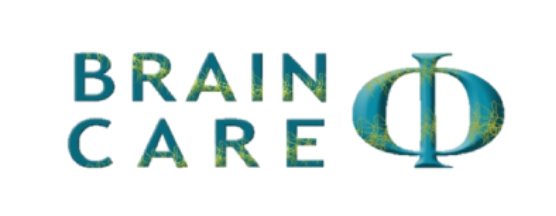
Autism and Autistic Spectrum
WHO WE HELP
Anger Management
Autism Spectrum
Eating Disorders
Peak Performance
What is Autism?
Autism (also known as Autism Spectrum Disorder and formally Asperger’s Syndrome) is a neurodevelopmental disorder prevalent in up to 1% of the population and it is typically recognised during the second year of life. Autism may be evident earlier than 12 months if developmental delays are severe, or later if mild. Boys are diagnosed four times more often than girls (American Psychiatric Association, 2013),though it is believed this number is inaccurate reflection of the actual occurrence . In 2015-16, Autism and related disorders represented 31 per cent of NDIS participants making it the leading impairment, followed by intellectual disability at 23 per cent (National Disability Insurance Agency, 2016).
Diagnostic Features in DSM-V
Autism is characterised by deficits or differences in the areas of:
· social and emotional reciprocity
· social interaction as a result of deficits in non verbal communication
· developing, maintaining and understanding relationships
In addition to the listed deficits, these individuals also present with restricted, repetitive patterns of behaviour, interests, or activities. These symptoms are present from early childhood and limit or impair everyday functioning. An Autism diagnosis is commonly associated with:
· intellectual impairment and / or language impairment
· motor deficits (odd gait, clumsiness)
· self harm (biting self, head banging)
· disruptive/challenging behaviour
· sensory sensitivity
Managing DSM-V
Biofeedback Therapy
This is a brain training technique which utilises operant conditioning to promote helpful brain activation and discourage unhelpful brain activation. For example, in the Autistic brain we often find that the limbic system which is highly involved in sensory and emotional processing is overactive. This means that the individual is highly sensitive to sensory input and experiences very strong emotions. We also often find that an area of the brain located in the right posterior temporal lobe is underactive. This area is involved in social awareness and may underpin the social difficulties seen Autism. With brain training, we can change the way in which these parts of the brain function though a non-invasive behavioural therapy which rewards optimal brain function and discourages unhelpful patterns.
Auditory Training Program
The aim of auditory training is to stimulate and challenge the auditory system and auditory cortex and thus to utilise the brain’s innate neural plasticity. The brain adapts and changes in response to sensory experiences establishing neural pathways through synaptic organization. Casual exposure to sensory information will not cause permanent neural change, and training to bring change via neural plasticity requires frequent and intense stimulation for sustained periods of time. In other words the ability of the brain to reorganize by forming new neural connections is the cornerstone of auditory training. Auditory Training uses electronically modified music and language to stimulate the auditory pathways and enhance auditory neural plasticity to assist and improve auditory processing abilities.
There is a growing body of neuroscientific research into auditory processing difficulties /disorder found in autism spectrum disorder, and this research is providing insight into auditory behavioural reactions seen in some individuals. Some of these findings are:
· Brainstem dysfunction may lead to distorted auditory input thus encoding of abnormal patterns of speech which may be the cause behind poor inflection, excessive stress and monotonous intonation seen in the expressive language of some individuals with ASD (Russo et al., 2008).
· There appears to be less activation of the left hemisphere speech regions with abnormal cortical activation outside the temporal lobes, providing some explanation to the exaggerated behavioural response to sounds in some individuals with autism (Boddaert et al., 2004).
· Abnormalities in cortical auditory processing may give rise to poor synchronicity within and between language processing regions and atypical sound sensitivity (Gage, Siegel, & Roberts, 2003).
Individual and Family Therapy - including sibling support
This is a tailored combination of evidence-based psychological therapies to support the individual and their families, you can read more here.
Contact Us

